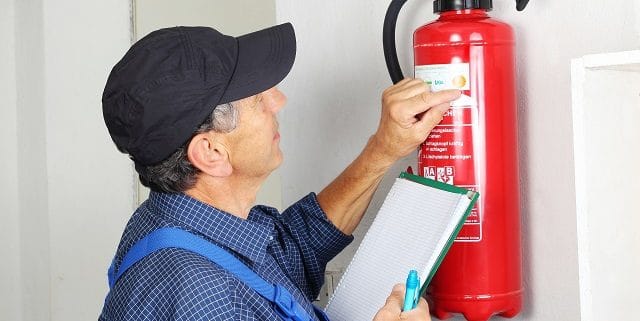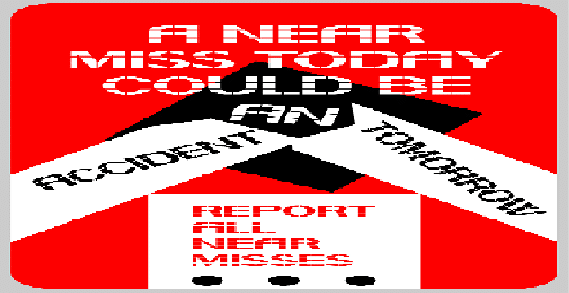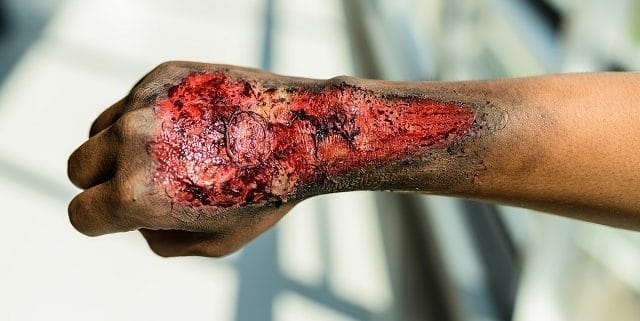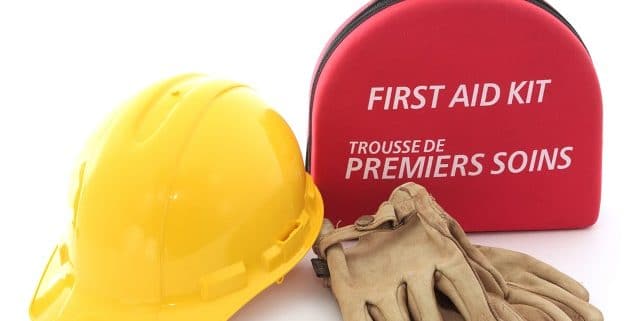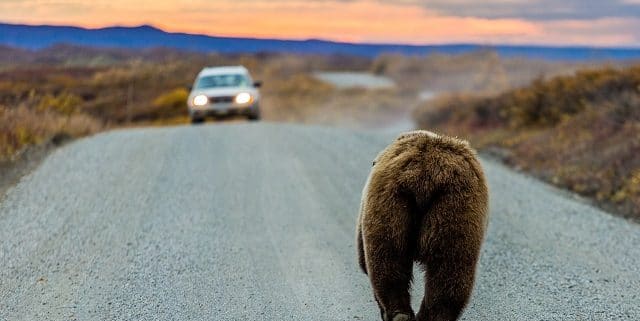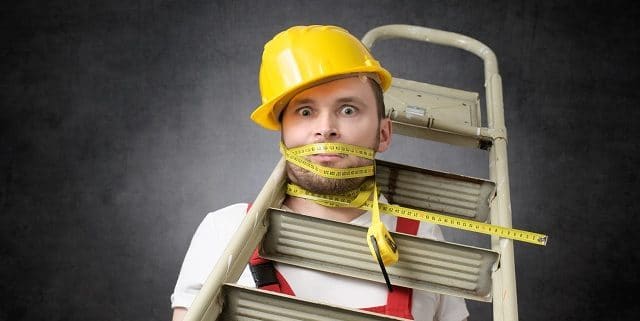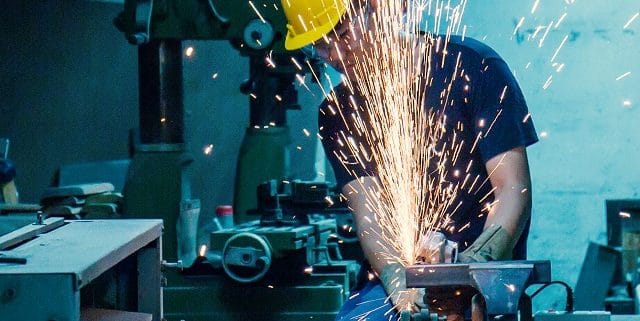Fire Extinguisher Maintenance
Let’s talk Fire Extinguisher Maintenance. On site you can have all the fire safety training in the world but if your extinguisher has not been maintained… What’s the point? Yet, some workers may neglect the monthly, annually or any inspections. Fire extinguishers need to be maintained just like anything else on site. A matter of fact it’s the law in Canada. Here’s some good rules of thumb to go by when a fire extinguisher is needed in your work area.
Even a brand new fire extinguisher must be inspected before it goes onto site for use. These inspections continue…you will need to do an inspection every 30 days. Check the tag to make sure it’s up to date and signed off by a certified technician, make sure the tamper seal is intact, the pin is in place and there are no signs of damage such as corrosion. A trained professional will do an inspection every 12 months along with hydrostatic testing. Depending on the type of extinguisher the hydrostatic testing could be at the 12 year mark. If you’re using the most common extinguisher for work sites (ABC dry chemical) it will need to be recharged every 6 years.
Let your supervisor know if you have an out of date extinguisher. Always have extinguishers available in work areas and do your part to keep them in good working order. Keeping on top of your maintenance and inspections will give you peace of mind that you’re extinguisher will work if ever needed.

